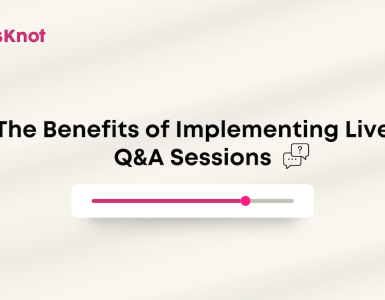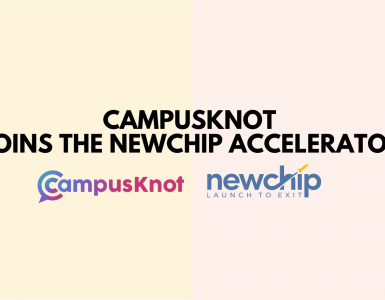E-learning tools have become very popular in the last decade. Technology has made face-to-face learning environments engaging, but virtual classrooms’ transition has been less smooth for some faculty members. Over the last year, the use of learning platforms in the classroom or Learning Management Systems (LMS) decreases. A study made by Statistia shows that the use of LMS platforms decreased from 70 percent in 2016 to 56 percent in 2018.
The complexity and hidden costs of implementing learning tools have led decision-makers to invest thousands of dollars in outdated and costly technology.
If the technology does not work, then why do we continue to implement it?
The reality is, technology is everywhere–entwined in almost every part of our culture. It affects how we live, work, play, and, most importantly, learn. To equip the next-generation workforce, we need to give students the tools that will make them succeed in a competitive job market. Therefore the use of technology in the classroom is vital to encourage flexibility and collaborative learning environments to shape the leaders of tomorrow.

You may wonder why we are transitioning from face-to-face (F2F) environments to online spaces. Here is why:
A study conducted in 4,700 public colleges and universities in the United States found that more than 6.3 million students have enrolled in at least one online course.
The shortcomings of face-to-face environments are leading to the implementation of virtual spaces to conduct classes. The University of Washington conducted research to describe the advantages and disadvantages of face-to-face environments.
Advantages: The first advantage of a face-to-face classroom experience is the student tendency to post questions and professors having immediate feedback on the misunderstood material. Secondly, the familiarity of face-to-face environments already exists, and students have access to on-campus support services.
Disadvantages: Face-to-face environments beginning with a significant distance in pace. All students do not learn the same way, and modifying a classroom to fit each individual student’s needs is impossible. Students often feel intimidated to ask questions, especially in large classroom settings, making management for an educator difficult.
[taq]More than two-thirds of educators want to increase the use of technology, and 74 percent of instructors admit technology is a huge student motivator. [/taq]
Why are online learning platforms need it?
The learning trends are quickly changing; in 2018 alone, 22% of graduate students enrolled in online programs. Online learning programs are decreasing the cost of face-to-face classrooms for institutions and increasing many programs’ diversity. The reality of online classrooms is that it has become accessible to many minority groups. According to inside higher ed, 25% of students are Hispanics or African Americans, which are often underrepresented groups in 4-year face-to-face institutions.
Online classrooms allow students to have flexibility between learning and working. The learning pace is actually up to the learner, therefore encouraging comfortability and decreasing the level of anxiety in the classroom. Communication eventually increases because students are forced to work and collaborate remotely.

Why is transitioning so tricky?
The biggest drawback when transitioning from face-to-face to online is cost, time, and architecture. On average, it can take up to 86 days to implement a new LMS platform. In addition to the time spent transitioning, there are packages directed only towards training. The cost to train individuals to use an LMS varies depending on the company.
Some e-learning companies offer packages that range from $300 training sessions for an hour to $12,000 for on-site training. The technology is available and inexpensive to these learning companies, yet their cost continues to increase.
Who did the platforms have in mind?
The most popular e-Learning companies have focused on designing MOOC (Massive Open Online Courses) without thinking of the engagement problem these virtual portals are creating. The lack of intimacy and engagement is transferring from F2F to online as well. Smaller cohort groups and video chat seem to be gaining popularity among educators and students, yet e-Learning companies fail to mix easy-to-use and relatable tools.
Many educators use social media accounts to conduct classes where students feel comfortable discussing and engaging with their peers. The rise of social learning spaces and changing transitioning from face-to-face to online is cost, time, and architecture are rapidly increasing.
The costs and lack of functionality of this multibillion-dollar industry continue to grow, making it harder for the end-user to implement sustainable portals where learning can happen.
Face-to-face learning is still the norm in today’s education system, but many students no longer feel the need or want to be tied to a 4-year institution to learn a new skill or earn a degree. The future of education is online, and building platforms designed to encourage the exchange and search of content at a low cost is imperative to develop sustainable learning spaces.





762 comments